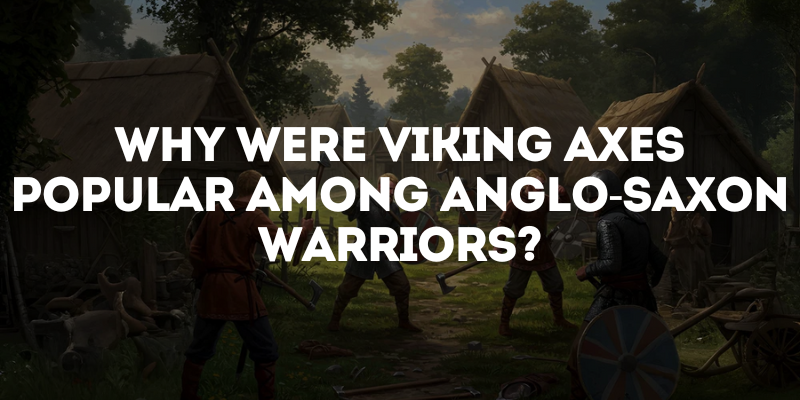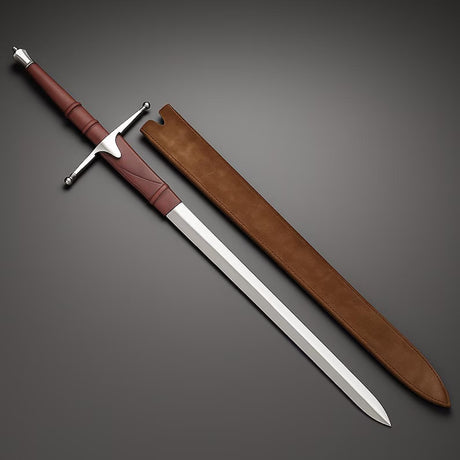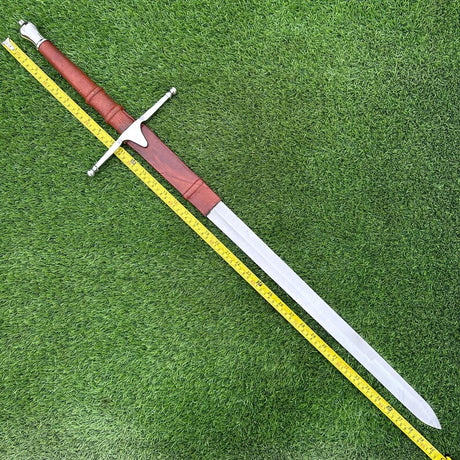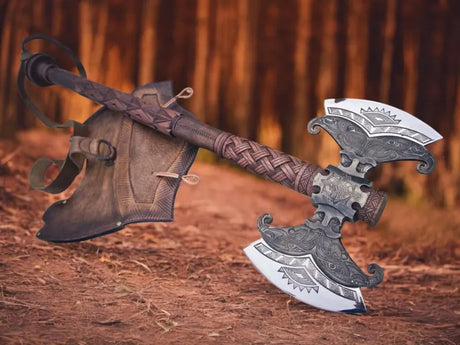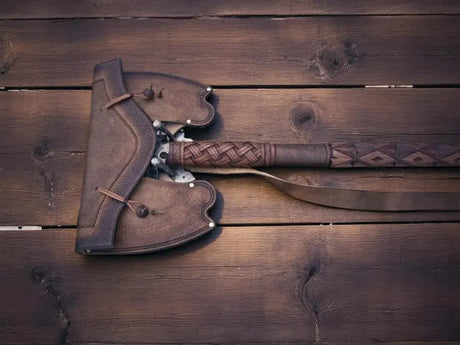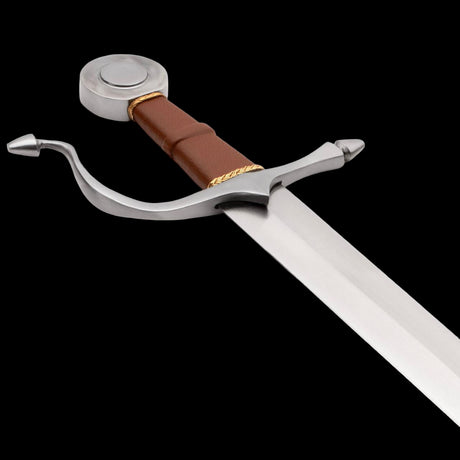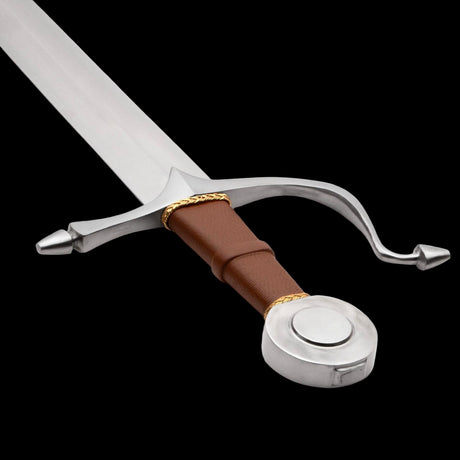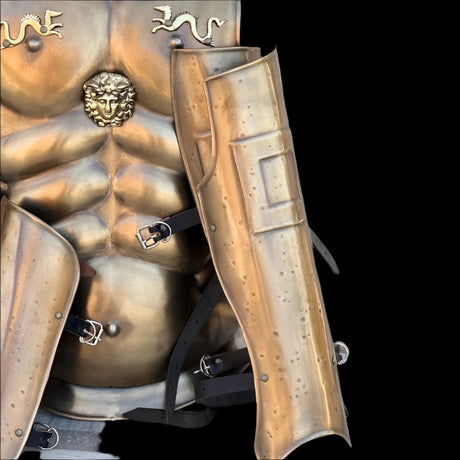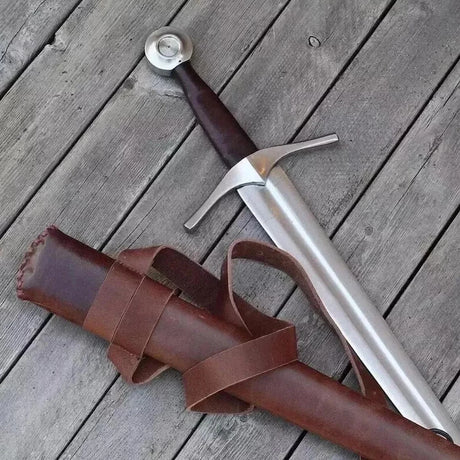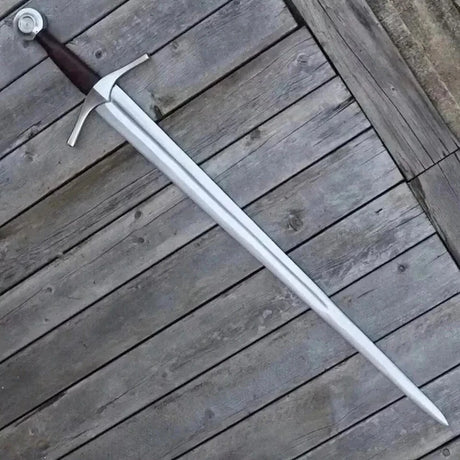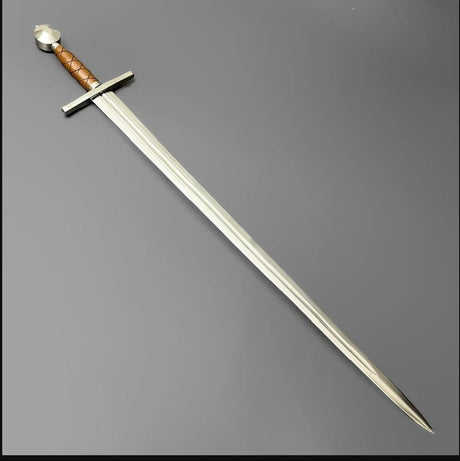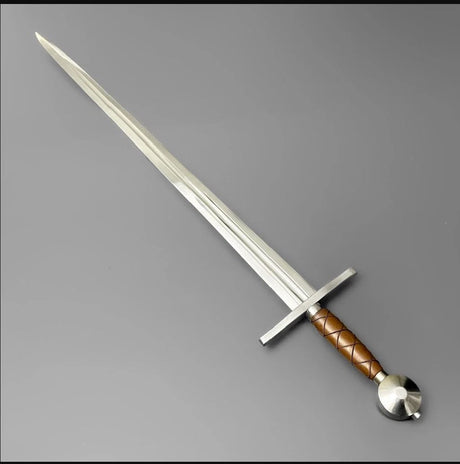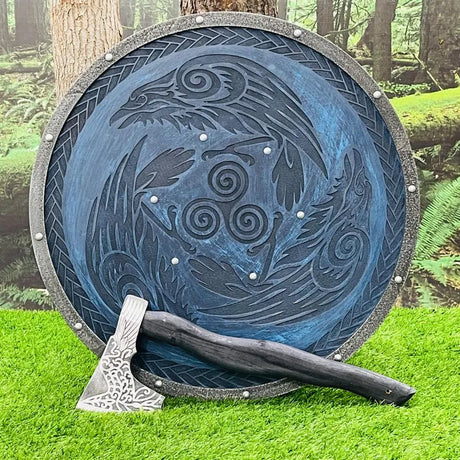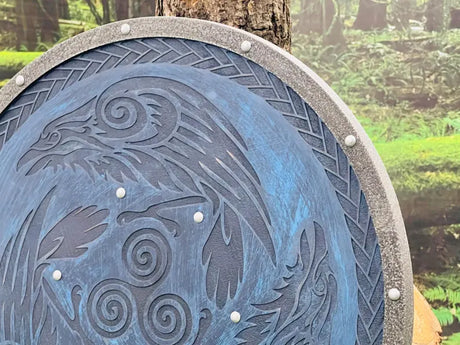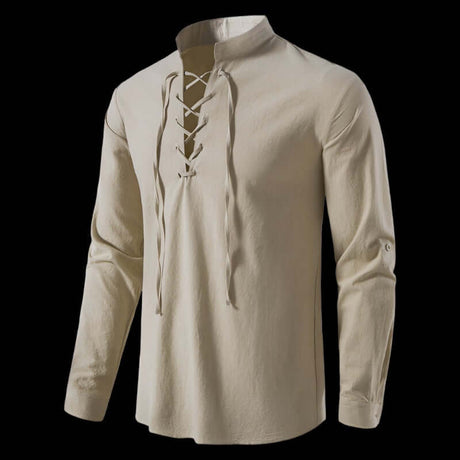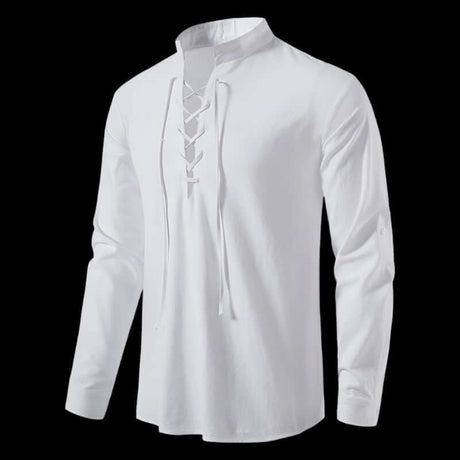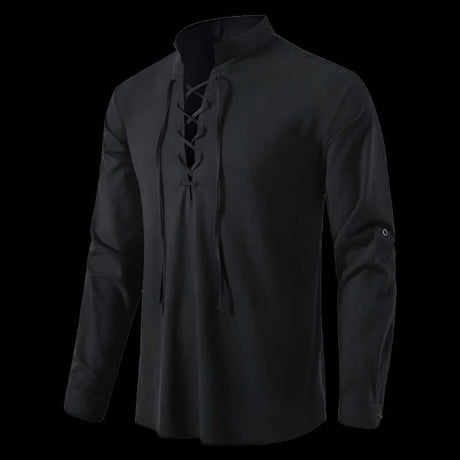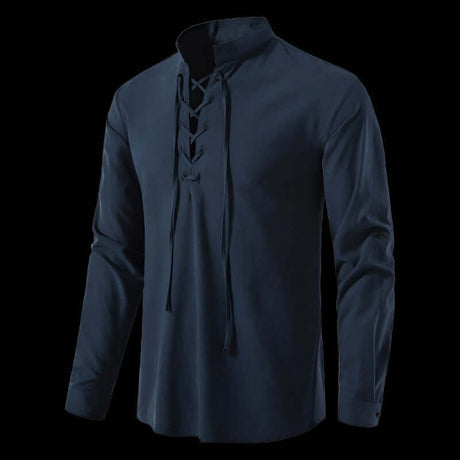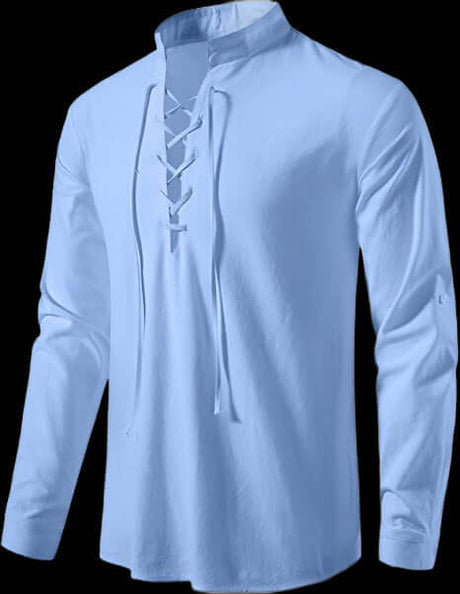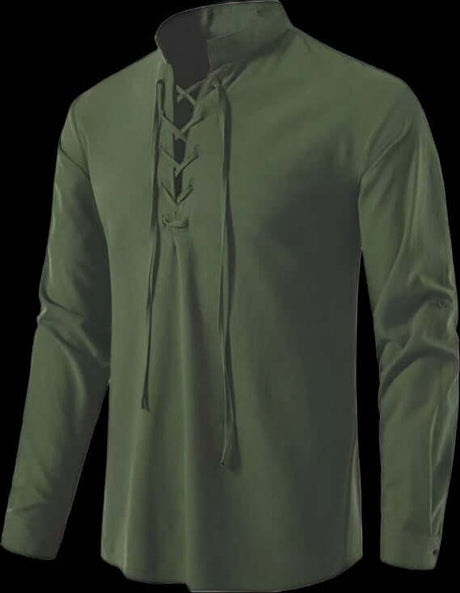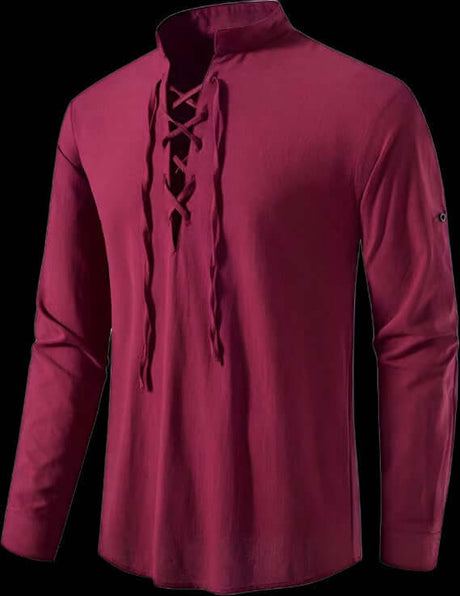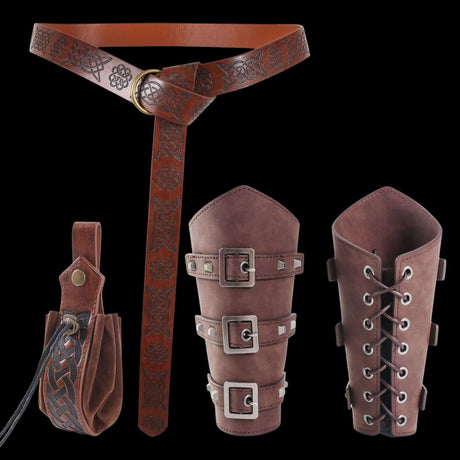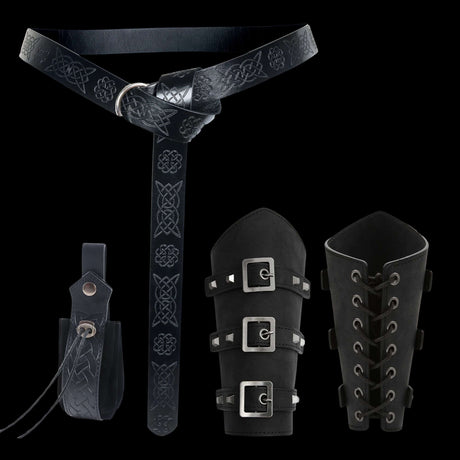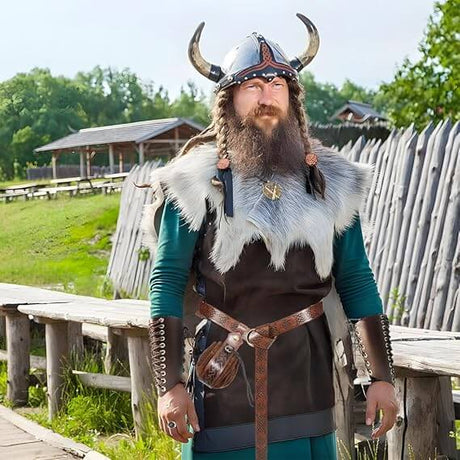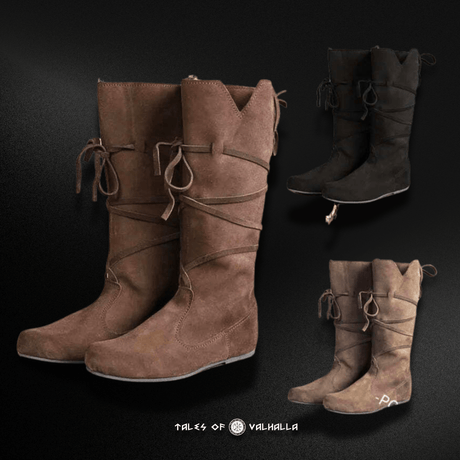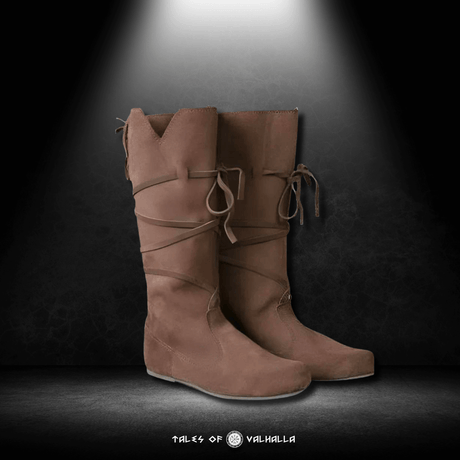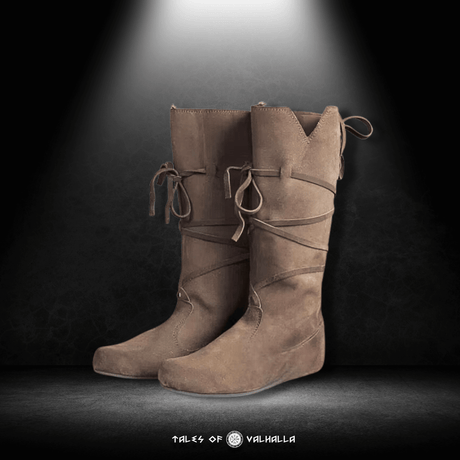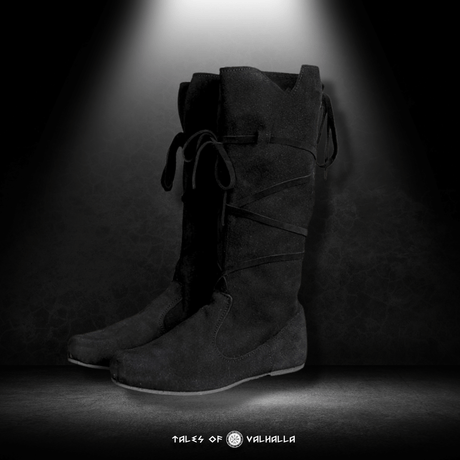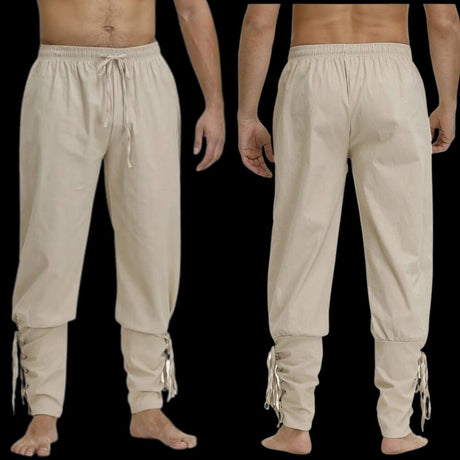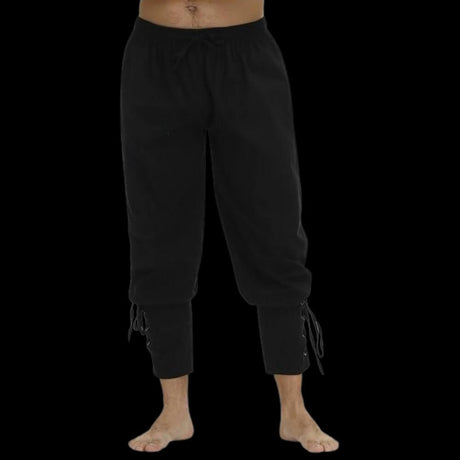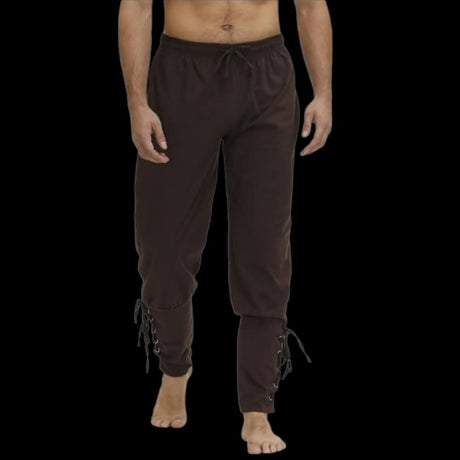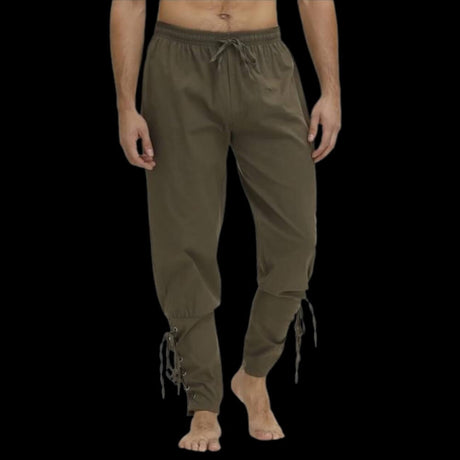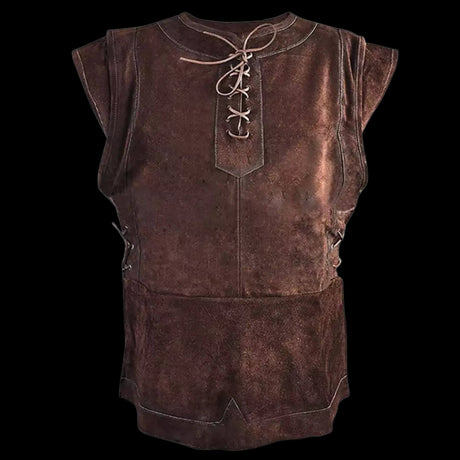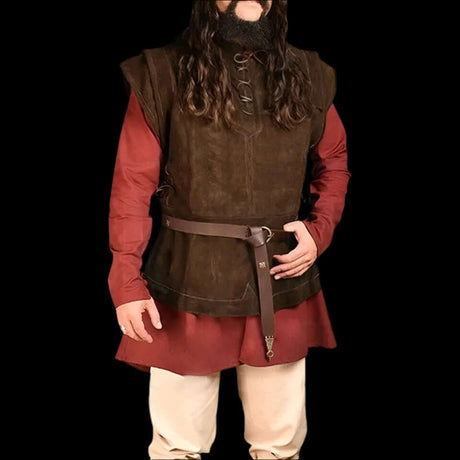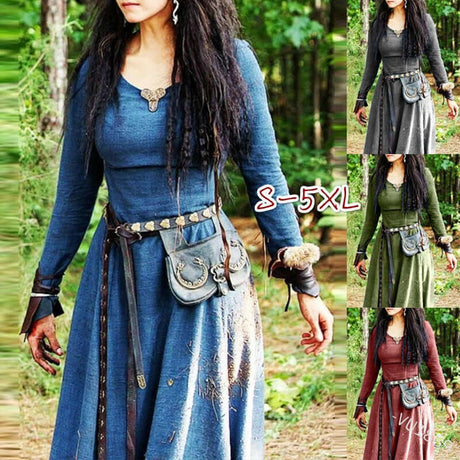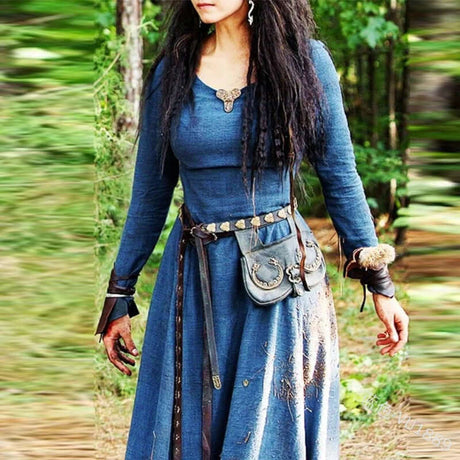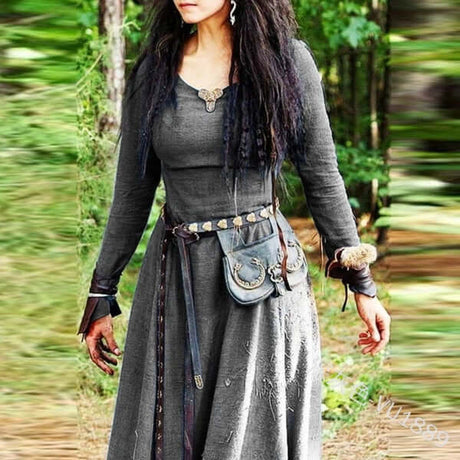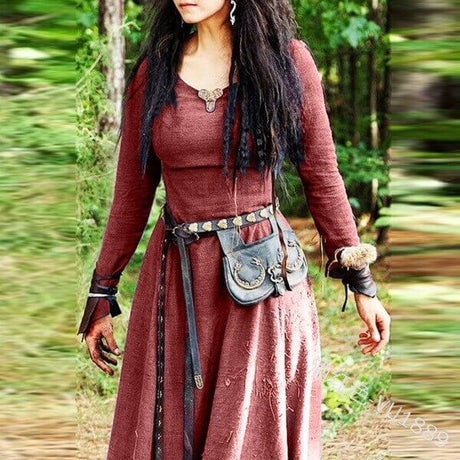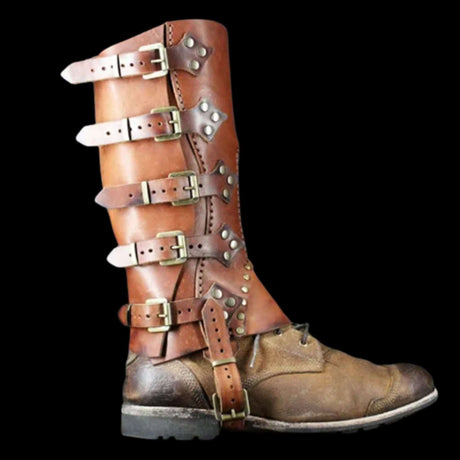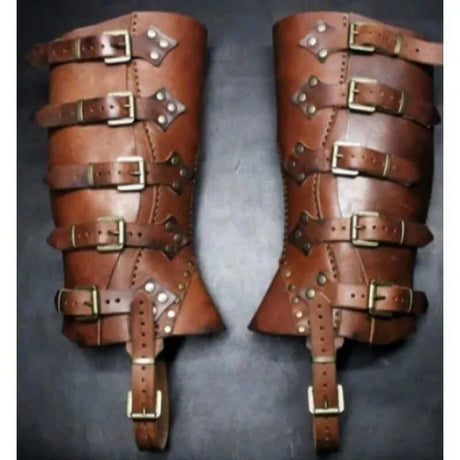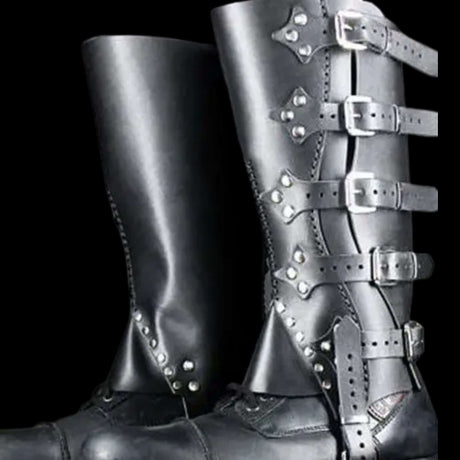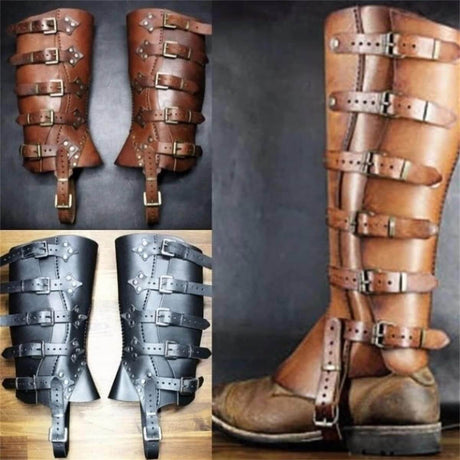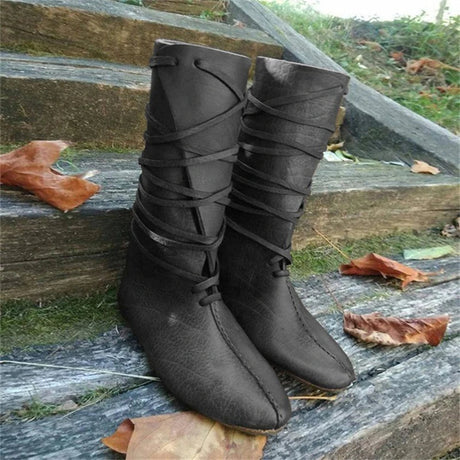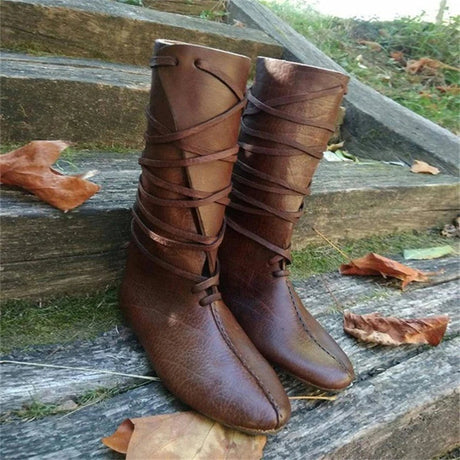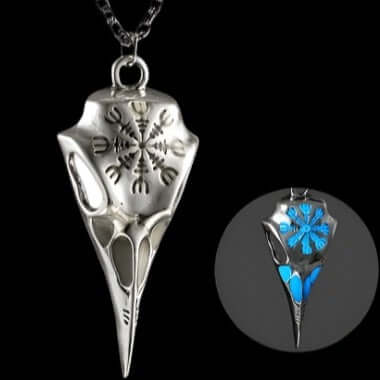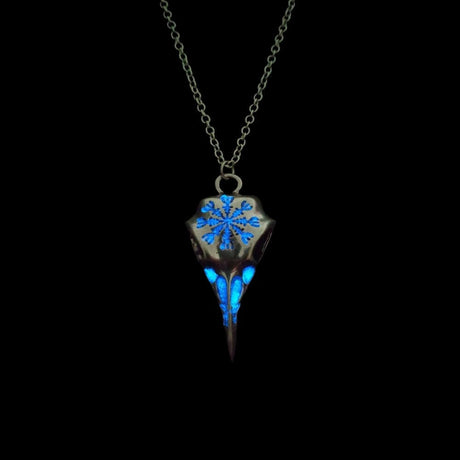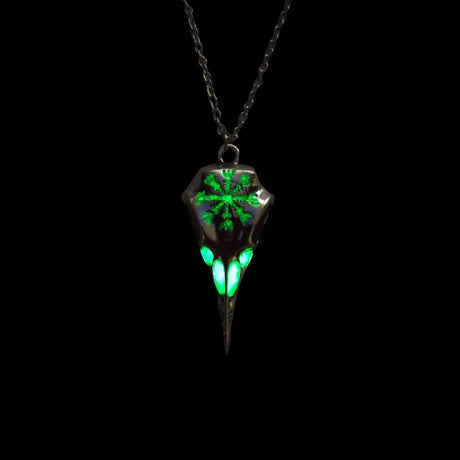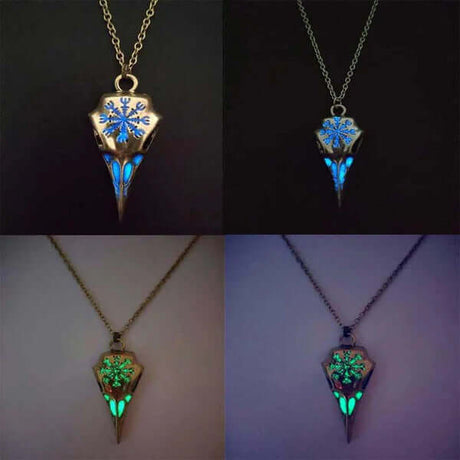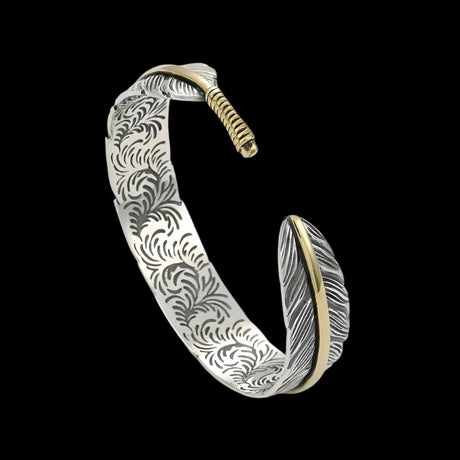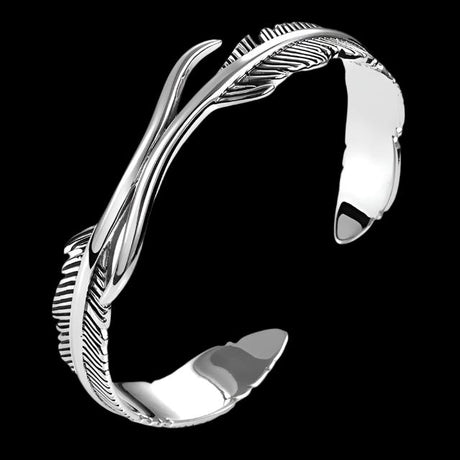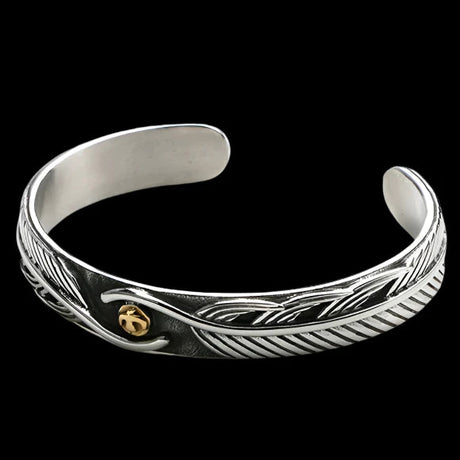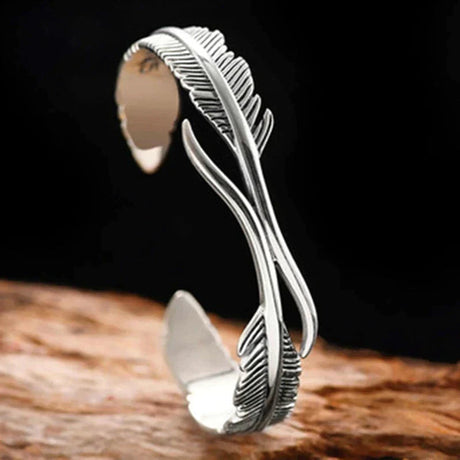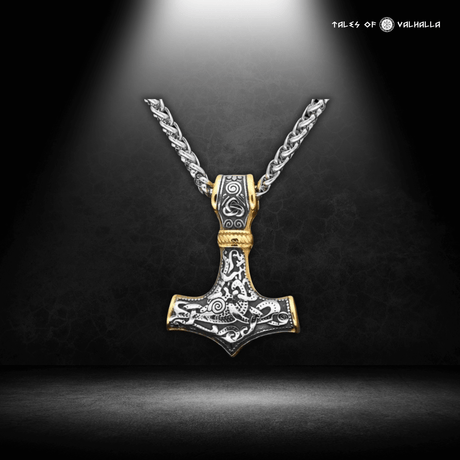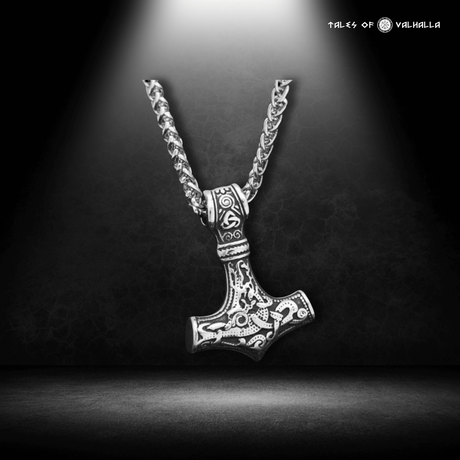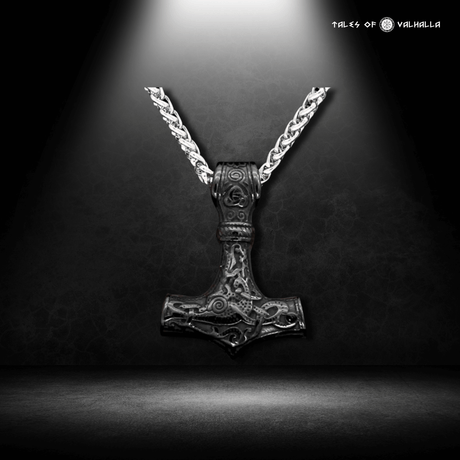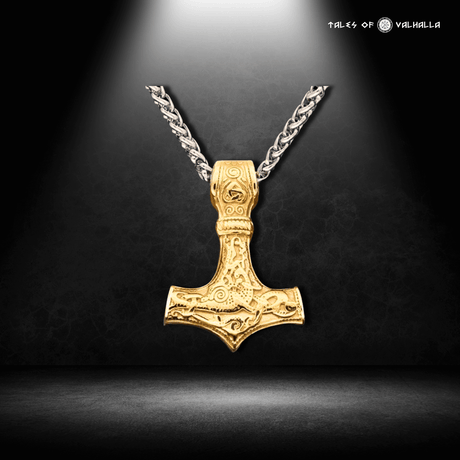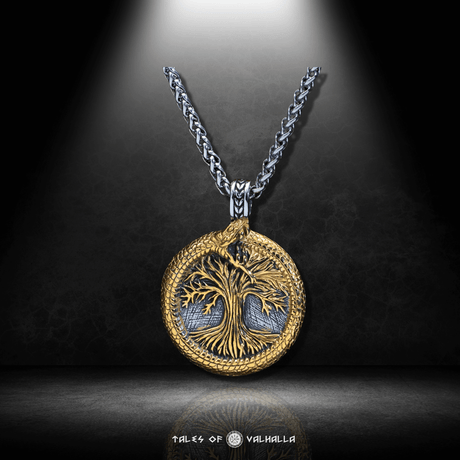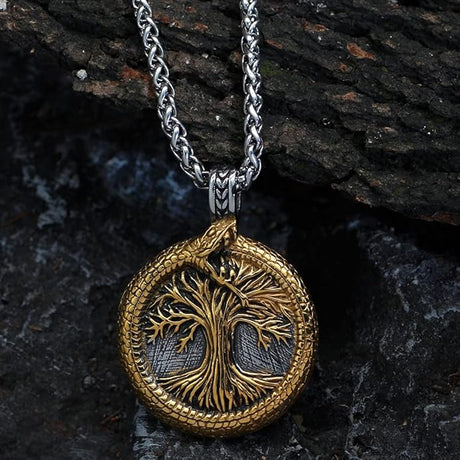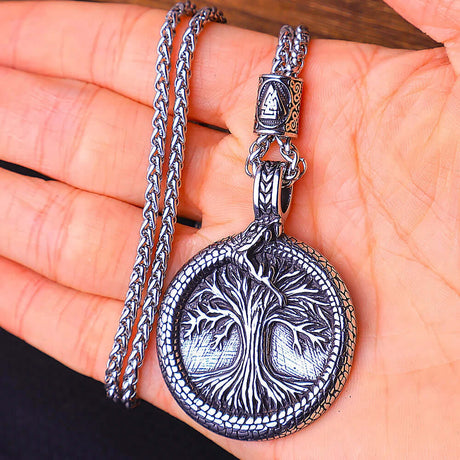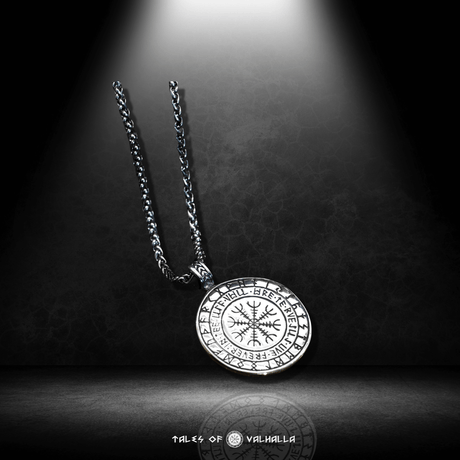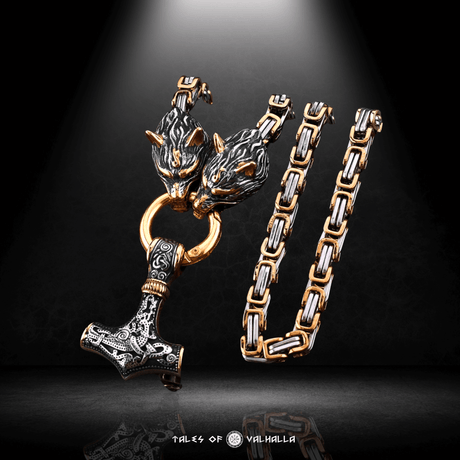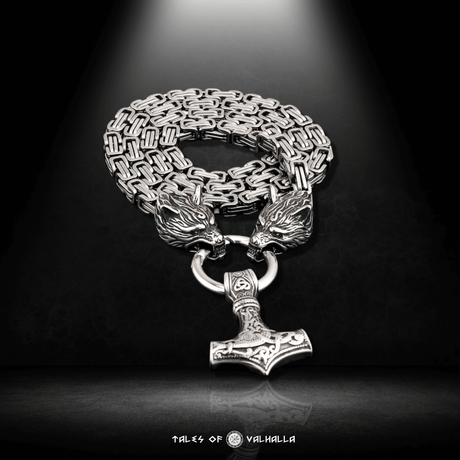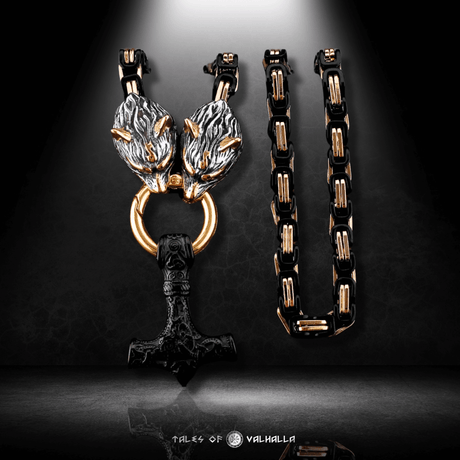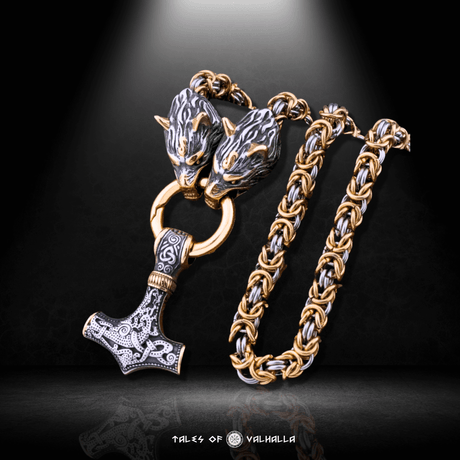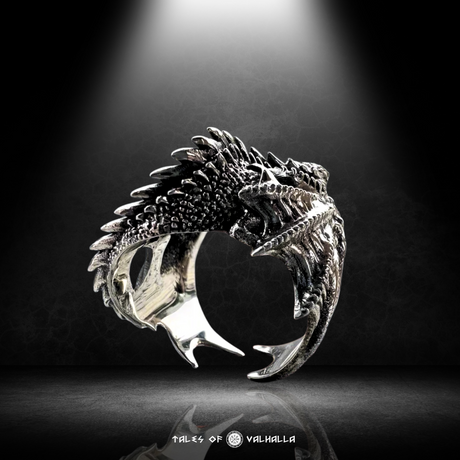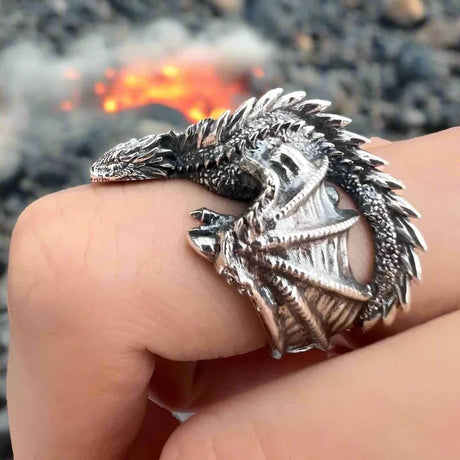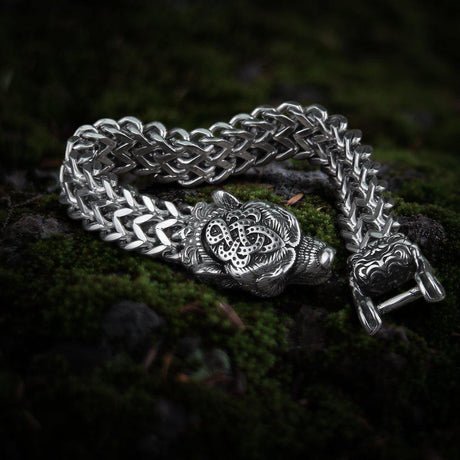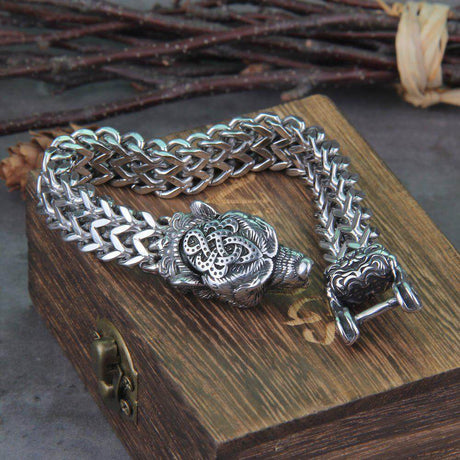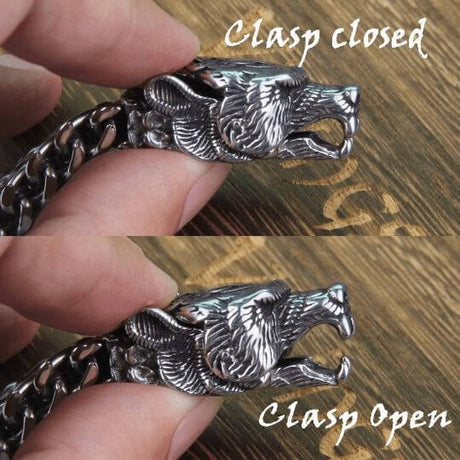The clash of cultures often leads to unexpected outcomes. In the case of the Viking Age and Anglo-Saxon England, a period marked by conflict and conquest also saw the adoption of Norse weaponry by their English foes. While the image of the Viking warrior is inextricably linked to the axe, it's a lesser-known fact that Viking Axes also found favor among Anglo-Saxon warriors. But why? What made these Scandinavian tools so appealing to the English, who already had their own established martial traditions?
This isn't just a story of Vikings versus Anglo-Saxons. It's a story of cultural exchange, adaptation, and the recognition of a truly effective tool and weapon. We'll explore the historical context, the specific advantages of Viking Axes, and uncover the reasons behind their cross-cultural popularity. We'll examine the evidence, separate fact from fiction, and see how a weapon became a symbol of a turbulent era.
A Land Divided: Anglo-Saxon England Before the Vikings
To understand the adoption of Viking Axes by Anglo-Saxons, we first need to understand the state of England before and during the Viking Age (roughly late 8th to 11th centuries).

A Land Divided: Anglo-Saxon England Before the Vikings
The Anglo-Saxon Kingdoms: A Patchwork of Power
Anglo-Saxon England wasn't a unified nation; it was a collection of independent kingdoms, often vying for power and dominance. The major kingdoms included:
- Northumbria: In the north, stretching from the Humber River to the Firth of Forth. A powerful kingdom with a rich cultural heritage.
- Mercia: Dominating the Midlands, a major force in Anglo-Saxon politics.
- East Anglia: Located in the east, often caught between the ambitions of other kingdoms.
- Wessex: In the south, the kingdom that would eventually unite England under Alfred the Great and his successors.
These kingdoms were constantly shifting in power and alliances, leading to frequent warfare.
Anglo-Saxon Warfare: The Shield Wall and the Spear
Anglo-Saxon warfare, prior to significant Viking influence, was primarily based on the shield wall formation.

Anglo-Saxon Warfare: The Shield Wall and the Spear
- The Spear: The primary weapon of the Anglo-Saxon warrior was the spear. Spears were relatively inexpensive to produce, easy to use, and highly effective in a shield wall.
- The Shield: Large, round shields, often made of wood and covered in leather, provided crucial protection. The shield wall was a defensive and offensive formation, offering protection and a platform for thrusting spears.
- Swords: Swords were status symbols, owned primarily by wealthier warriors and nobility. They were prestige weapons, but not as common as spears.
- Axes (Before Viking Influence): Anglo-Saxons did use axes, but they were typically smaller, less specialized tools used for woodworking and everyday tasks. They weren't primarily designed as weapons of war in the same way as later Viking axes.
The Arrival of the Vikings: A Catalyst for Change
The late 8th century marked the beginning of the Viking Age, with raids on coastal monasteries like Lindisfarne sending shockwaves across Anglo-Saxon England. These raids were initially small-scale, but they escalated in intensity and frequency over time.
- The Great Heathen Army: In the 9th century, a large Viking army (known as the Great Heathen Army by the Anglo-Saxons) invaded England, conquering several kingdoms and establishing a large area of Viking control known as the Danelaw.
- Cultural Exchange: While the Viking presence in England was often marked by violence and conflict, it also led to significant cultural exchange, including the exchange of ideas, technologies, and, importantly, weaponry.
The Viking Axe: A Superior Tool of War
The Viking Axes that arrived with the Norse invaders were, in many ways, superior to the axes commonly used by Anglo-Saxons at the time. This superiority stemmed from several factors:
1. Design and Construction: Form Follows Function
-
The Bearded Axe: The most iconic Viking axe, the bearded axe, featured a blade with a lower portion (the "beard") that extended below the butt of the axe head. This design provided several advantages:
- Increased Cutting Edge: The beard increased the length of the cutting edge without significantly adding to the weight of the axe.
- Hooking and Pulling: The beard could be used to hook enemy shields, weapons, or limbs, pulling them out of position or disarming opponents.
- Variety of Grips: The shape of the bearded axe allowed for different hand positions, making it versatile for both chopping and more controlled cutting.
- The Dane Axe: This large, two-handed axe was a specialized weapon designed for breaking through shield walls. Its long haft provided reach, and its broad, thin blade could deliver devastating blows.
- Quality of Materials: While both Anglo-Saxons and Vikings used iron and steel, Viking blacksmiths were particularly skilled at working with these materials, often producing blades of superior quality. The technique of pattern welding, while not exclusive to Vikings, was highly developed by them, creating strong, flexible, and beautiful blades.
2. Versatility: More Than Just a Weapon
The Viking Axe was not just a weapon; it was also a valuable tool. This versatility was a significant advantage in the context of the time.
- Everyday Use: The same axe that a Viking used in battle could also be used for chopping wood, building homes, clearing land, and performing other everyday tasks. This made it a practical and economical choice.
- Adaptability: The various types of Viking Axes could be adapted to different situations, from felling trees to close-quarters combat.
3. Cost-Effectiveness: An Accessible Weapon
Compared to swords, Viking Axes were generally more affordable to produce.
- Less Metal: Axes typically required less metal than swords, especially the larger, more elaborate swords favored by the elite.
- Simpler Construction (Generally): While some Viking axes were highly decorated and finely crafted, the basic construction of an axe head was often simpler than that of a sword blade, requiring less specialized skill and time.
4. The Psychological Edge: Intimidation and Reputation
The Vikings' reputation as fierce warriors, combined with the visual impact of their axes, could have a significant psychological effect on their opponents.
- The Sight of the Axe: The sight of a large, gleaming axe, particularly a Dane axe, could be intimidating, potentially causing enemies to hesitate or lose their nerve.
- The Viking Reputation: The Vikings' reputation for ferocity and brutality preceded them, and their axes became a symbol of that reputation.
The Anglo-Saxon Adoption of Viking Axes: A Story of Adaptation
The Anglo-Saxons, despite being on the receiving end of Viking raids, were not slow to recognize the effectiveness of Viking Axes. Over time, they began to adopt and adapt these weapons for their own use.

The Anglo-Saxon Adoption of Viking Axes: A Story of Adaptation
Evidence of Adoption:
- Archaeological Finds: Axes of Viking design have been found in Anglo-Saxon contexts, indicating their presence and use within Anglo-Saxon society. These finds are not as numerous as in Scandinavia, but they are significant.
- The Bayeux Tapestry: This famous tapestry, depicting the Norman Conquest of England in 1066, shows both Norman and Anglo-Saxon warriors wielding axes that bear a strong resemblance to Viking designs, particularly the bearded axe. The tapestry provides visual evidence of the axe's use in 11th-century England.
- The Housecarls: The housecarls, the elite professional soldiers of the Anglo-Saxon kings, are often depicted wielding large, two-handed axes, likely influenced by the Viking Dane axe. These were highly trained, well-equipped warriors.
Reasons for Adoption:
- Effectiveness in Combat: The Anglo-Saxons clearly recognized the effectiveness of Viking Axes in battle, particularly their ability to break through shield walls.
- Cultural Exchange: The prolonged interaction between Vikings and Anglo-Saxons, through both conflict and trade, led to a degree of cultural exchange, including the adoption of weaponry.
- Adaptation and Innovation: Anglo-Saxon blacksmiths likely began to produce their own versions of Viking axes, adapting the designs to their own preferences and needs.
The "English Axe": A Hybrid Design?
Some historians and archaeologists believe that a distinct "English axe" emerged during the later Anglo-Saxon period, blending elements of Viking and Anglo-Saxon designs. This suggests a process of adaptation and innovation, as Anglo-Saxon smiths incorporated the best features of Viking axes into their own weaponry.
See more: Why did vikings use axes instead of spears and swords?
A Table Summarizing Axe Advantages:
| Feature | Viking Axe Advantage | Anglo-Saxon Axe (Pre-Viking Influence) - Potential Disadvantage |
|---|---|---|
| Blade Design | Bearded axe: extended cutting edge, hooking/pulling capabilities. Dane axe: large, thin blade for shield-breaking. | Smaller, less specialized blades. |
| Versatility | Often served as both tool and weapon. | Primarily tools, less emphasis on combat effectiveness. |
| Cost | Generally more affordable than swords. | Axes were affordable, but potentially less refined than some Viking examples. |
| Psychological Impact | Associated with Viking ferocity and reputation. | Less intimidating, lacking the same cultural "baggage." |
| Adaptability | Viking designs proved adaptable to various combat situations and were readily adopted. | Existing designs may have been less adaptable to changing warfare. |
This table highlights the key advantages of Viking Axes that likely contributed to their popularity among Anglo-Saxon warriors.
Stories of Axes: Imagining the Anglo-Saxon Adoption
Let's imagine a few scenarios illustrating how Viking Axes might have found their way into the hands of Anglo-Saxon warriors:
The Captured Axe:
Young Aethelred, an Anglo-Saxon warrior, fought bravely in a skirmish against a Viking raiding party. He managed to kill a Viking warrior, but his own spear was broken in the process. He saw that the Viking was carrying an axe. Seeing the fallen Viking's gleaming bearded axe lying on the ground, Aethelred picked it up. He was surprised by its balance and the sharpness of its edge. He used it for the remainder of the battle, finding it surprisingly effective. From that day on, Aethelred carried the captured axe, a trophy of his victory and a testament to the effectiveness of Viking design.

Stories of Axes: Imagining the Anglo-Saxon Adoption
The Smith's Inspiration:
Eofor, an Anglo-Saxon blacksmith, witnessed a Viking raid firsthand. He saw the devastating power of the Dane axes wielded by the invaders. Impressed by their design, he began to experiment with creating his own versions, incorporating elements of the Viking style into his work. His axes, combining Anglo-Saxon craftsmanship with Norse innovation, became highly sought after by local warriors.
The Traded Weapon:
Leofric, an Anglo-Saxon merchant, traded regularly with Viking settlers in the Danelaw. He saw the quality and effectiveness of their axes, and he began to import them for sale to his own people. He recognized the demand for these weapons and saw an opportunity for profit. The axes, initially a novelty, quickly gained popularity among Anglo-Saxon warriors.
Conclusion
The story of Viking Axes and their adoption by Anglo-Saxon warriors is a story of cultural exchange, adaptation, and the recognition of effective design. It's a reminder that even in times of conflict, ideas and technologies can cross boundaries, shaping the course of history. The axe became a symbol of this exchange, a testament to the enduring impact of the Viking Age on England. While the Vikings may have initially brought the axe as a weapon of conquest, it ultimately became a shared tool, a symbol of a blended heritage. The image of the axe, once associated solely with the Vikings, became intertwined with the history of Anglo-Saxon England, a legacy forged in the fires of conflict and cultural exchange.
FAQs
1. Did Anglo-Saxons use Viking axes?
Yes, archaeological evidence and historical sources like the Bayeux Tapestry suggest that Anglo-Saxons, particularly after sustained contact with Vikings, adopted and adapted Viking axe designs.
2. Why did Anglo-Saxons adopt Viking axes?
Viking Axes, particularly the bearded axe and Dane axe, offered advantages over existing Anglo-Saxon weaponry. They were often better designed for combat, more versatile (serving as both tools and weapons), and potentially more cost-effective than swords. The Vikings' fearsome reputation also likely played a role.
3. What were the main advantages of a Viking axe in battle?
The bearded axe's design allowed for hooking shields and a longer cutting edge. The Dane axe's long reach and broad blade were devastating against shield walls. Axes, in general, were powerful cleaving weapons.
4. Did Anglo-Saxons have their own axes before the Vikings?
Yes, Anglo-Saxons used axes, but they were typically smaller, less specialized tools primarily used for woodworking and everyday tasks, not primarily as weapons of war like some Viking axe types.
5. What is a "Dane Axe"?
The Dane axe was a large, two-handed axe with a long haft and a broad, thin blade. It was a specialized Viking weapon designed for breaking through shield walls and delivering powerful blows.
6. Where can I see examples of Viking axes?
Many museums with Viking Age collections display axes, including the National Museum of Denmark, the British Museum, and the Viking Ship Museum in Oslo. You can often find images of these artifacts online as well.

